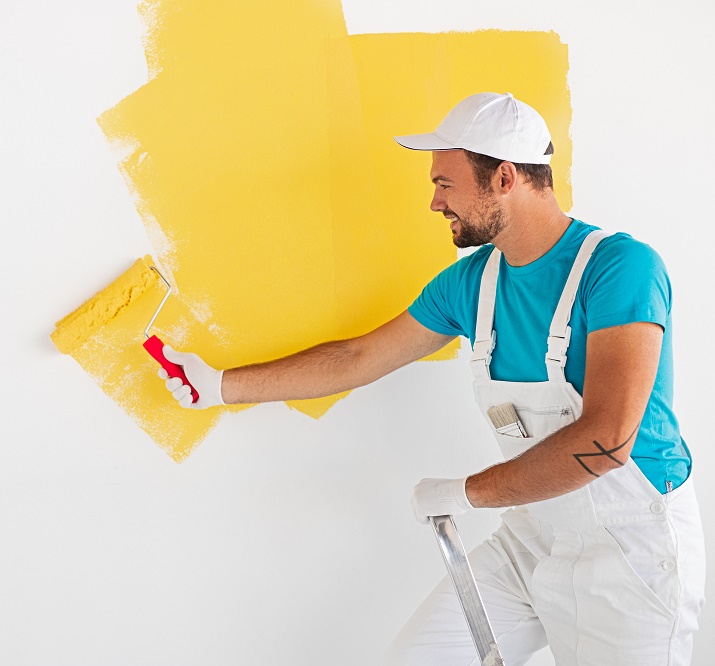Discover more about painters and their works. Art enriches our world, providing inspiration and beauty that transcends language barriers; it can also stir powerful emotions or communicate complex concepts.
Some painters prefer working in studio environments where they have control of the environment and materials used; other artists may work on commission projects that require traveling between locations for work to be completed.
Painting Techniques
Painting is an artistic language composed of shapes, lines, colors, tones and textures which work together to elicit sensations of movement, volume, space and light on a flat surface. Painting may represent natural scenes or objects from our world as well as elaborate narratives or even be entirely abstract.
Painting techniques offer various creative effects that enhance an artist’s work, with underpainting being one such approach that may provide unique visual effects. Underpainting refers to applying an initial coat or layer onto canvas in order to set an overall tone or highlight certain parts such as light sources or create shadows and contrast in an artwork. Know more about painter Melbourne.
Glazing, scumbling and washing are among the more commonly employed techniques. Glazing involves applying a transparent coat over dry paint to alter its hue or tone; while scumbling involves using brushes or tools to scratch through wet paint with unique patterns. Finally, washing involves changing or altering an area using liquid such as water.
Dexterity is essential in painting as they must manipulate their hands to fine-tune details and paint for extended periods. They must also have the mental agility necessary to envision their finished product before recreating it on canvas or surfaces – something which has numerous applications beyond painting! Mental agility helps painters become more successful and productive artists.
Painting Materials
Painters depend upon the tools at their disposal to produce art that stands out and inspires. From paper to canvas, painters have an endless supply of supplies available to them that enable them to craft unique and eye-catching paintings for others to appreciate.
Painting artists use oil, acrylic and watercolors in their artwork. Each type has unique properties, offering different color ranges. Furthermore, the choice of medium can also determine its final surface sheen: for instance linseed oil is often used in traditional oil paintings to thin the paint; while turpentine may be utilized when painting acrylic works.
Painting kits often include more than paint; they may contain brushes, palettes and canvas as well. While some painters prefer stretching their canvases themselves, others opt for pre-stretched fabric from art suppliers. As well as traditional canvas surfaces like wood and metal surfaces to paint on, a painter may also choose other surfaces like wooden boards for painting sessions.
Painters don’t just create artistic works on their own; they can also exhibit and sell them to art enthusiasts and collectors, work on commission projects for individuals or businesses, enhance public spaces like museum exhibitions with their paintings, promote well-being and serve as an international form of communication that transcends language barriers.
Painting Styles
Painting styles are visual languages used to convey emotion and ideas through shapes, lines, colours, tones and textures on flat surfaces. Painting styles may be used to represent real or supernatural phenomena as well as interpret narrative themes.
Understanding different art and painting styles can help you produce innovative work while expanding your artistic abilities. For instance, learning a technique like underpainting can make your paintings more vibrant and atmospheric by first applying thin coats of paint over it with thicker ones applied later.
Planning skills can be an essential element of art practice. They enable you to prepare for projects, obtain the appropriate materials, and avoid mistakes more effectively while showing clients your professionalism and increasing employability.
If you want to hone your painting skills, seek a mentor or attend art events where professionals are present. Doing this will enable you to develop the business skills required of a successful painter while opening up more work opportunities for yourself. Building a portfolio is also a good way of tracking progress; studies have revealed that when creative projects such as painting are completed successfully a burst of dopamine releases into your system that increases self-esteem and confidence levels dramatically.
